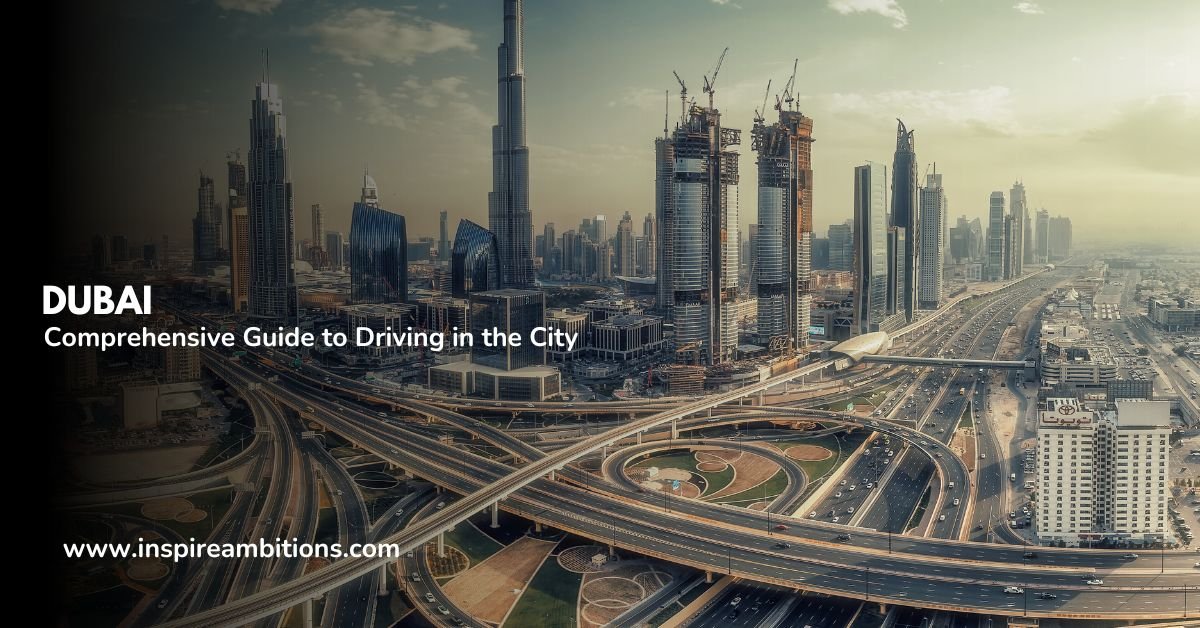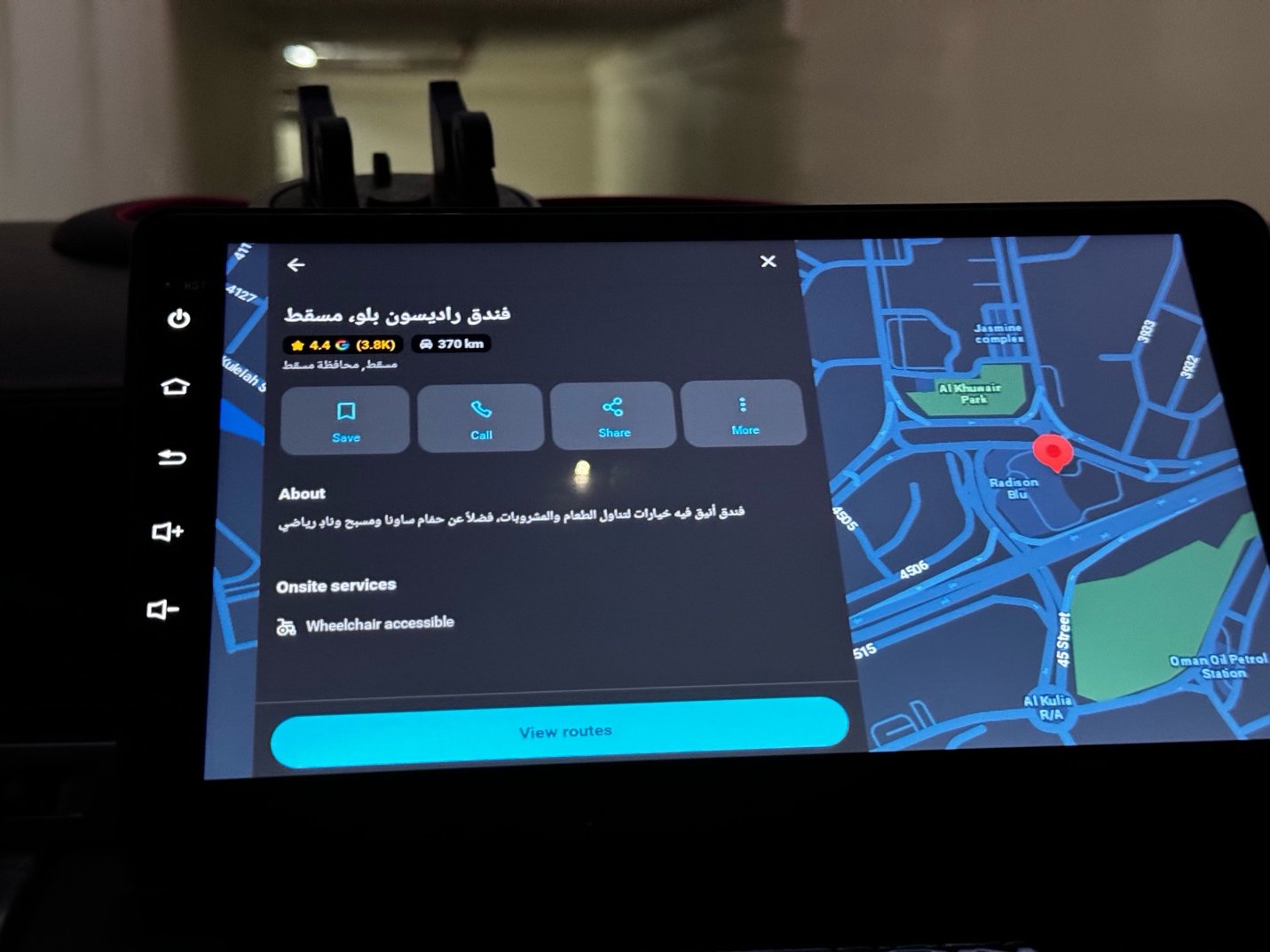Navigating the Roads of Dubai – A Comprehensive Guide to Driving in the City
Dubai, the bustling metropolis of the United Arab Emirates (UAE), is known for its modern road infrastructure and heavy reliance on cars for transportation. As an expat or visitor, navigating the city’s roads can initially be daunting.
In this comprehensive guide, we’ll explore essential topics such as local traffic laws, toll systems, safe driving practices, and obtaining a driving license in Dubai. By the end of this article, you’ll be well-equipped to navigate the roads of this vibrant city confidently.
let’s discuss this :
1. Understanding Local Traffic Laws – Can You Turn Right on Red in Dubai?
One of the most common questions about driving in Dubai is whether turning right on a red light is permitted. Unlike some countries, such as the United States, turning right on red is strictly prohibited in Dubai and the rest of the UAE.
Regardless of the traffic situation, drivers must always wait for a green signal before proceeding. Failing to adhere to this rule can result in fines and demerit points on your driving license.
Dubai’s toll system, known as Salik, is an electronic system that utilizes toll gates strategically placed along major highways. You’ll need a Salik tag and a small sticker attached to your vehicle’s windshield to pay tolls. Here’s what you need to know:
- Obtaining a Salik tag: Tags can be purchased online or at various petrol stations and Salik customer service centres across Dubai.
- Topping up your account: You can add funds to your Salik account through various methods, including online banking, mobile apps, and prepaid cards.
- Tollgate locations: Salik toll gates are on Sheikh Zayed Road, Al Garhoud Bridge, Al Maktoum Bridge, and the Airport Tunnel.
You can seamlessly navigate Dubai’s toll roads by understanding the Salik system and ensuring your tag is always topped up.
3. Building Confidence Behind the Wheel – Tips for Confident Driving in Dubai
Driving in Dubai can be challenging, especially for those accustomed to slower-paced traffic. To build your confidence behind the wheel, consider the following tips:
- Familiarize yourself with the route: Use navigation apps or study maps to familiarize yourself with your intended route before setting out.
- Maintain a safe following distance: Dubai’s highways often experience high-speed traffic. Ensure you keep a safe distance from the vehicle in front of you.
- Be aware of your surroundings: Watch for sudden lane changes, merging traffic, and other potential hazards.
- Practice defensive driving: Anticipate the actions of other drivers and be prepared to react accordingly.
Remember, confidence comes with practice. The more you drive in Dubai, the more comfortable you’ll become with the local driving conditions.
4. Getting Started – How to Start Driving in Dubai
You must obtain a valid UAE driving license to drive in Dubai legally. The process for expats and residents involves the following steps:
- Determine your eligibility: You must be 18 and hold a valid residence visa to apply for a Dubai driving license.
- Gather required documents: These include your original passport, residence visa, Emirates ID, and a No Objection Certificate (NOC) from your sponsor or employer.
- Take driving classes: Enroll in a registered driving school and complete the required training hours, which vary depending on your previous driving experience.
- Pass the tests: You’ll need to pass a theory, parking, and road test to obtain your license.
It’s essential to note that the process may vary slightly depending on your nationality and previous driving experience.
5. Assessing the Need – Do You Need a Car in Dubai?
While owning a car in Dubai offers convenience and flexibility, it’s essential to consider the associated costs and alternatives before deciding. Here are some factors to consider:
- Cost: Car ownership in Dubai involves expenses such as fuel, maintenance, insurance, and parking fees.
- Public transport: Dubai has a well-developed public transport system, including the Dubai Metro, buses, and trams, which can be a cost-effective alternative to driving.
- Ride-hailing services: Apps like Uber and Careem offer convenient and affordable transportation options for those who don’t own a car.
Ultimately, deciding to own or rent a car in Dubai depends on your needs, budget, and lifestyle.
6. Speed Limits – What is the Highest Speed Limit in the UAE?
Dubai and the UAE have varying speed limits depending on the type of road. Here’s a breakdown of the speed limits you should be aware of:
- Urban roads: 60 km/h (37 mph)
- Highways: 100-120 km/h (62-75 mph)
- Sheikh Zayed Road: 140 km/h (87 mph)
It’s crucial to adhere to these speed limits, as exceeding them can result in heavy fines, demerit points, and even vehicle confiscation in extreme cases.
7. Golden Opportunity – Understanding the Golden Chance in Dubai’s Driving License System
In Dubai’s driving test process, the “golden chance” refers to an additional opportunity given to learner drivers who have failed the road test after completing all mandatory training hours. This golden chance allows the candidate to retake the road test without repeating the entire training process, saving time and money.
8. Road Rules – The Main Road Rule in UAE
One of the most important road rules in the UAE is the “lane discipline” rule, which requires drivers to:
- Keep to the right: Always drive in the rightmost lane unless you overtake slower vehicles.
- Use indicators: Always signal your intention to change lanes or turn well in advance.
- Give way: Yield to vehicles already in the lane you wish to enter and never cut off other drivers.
Following these lane discipline rules is essential for maintaining a safe and orderly traffic flow on Dubai’s roads.
9. License Validity – Is an Indian Driving License Valid in Dubai?
Indian driving license holders can legally drive in Dubai for a limited period, subject to certain conditions:
- Validity: The Indian license must be valid and recognized by the Indian authorities.
- Duration: Visitors can drive with their Indian license for up to 6 months from entry into Dubai.
- International Driving Permit (IDP): You should obtain an IDP and your Indian license for added convenience.
If you plan to stay in Dubai for an extended period, you must convert your Indian license to a Dubai driving license.
10. Car Rentals – Is it Safe to Rent a Car in Dubai?
Renting a car in Dubai is generally safe, provided you follow these guidelines:
- Choose a reputable rental company: Opt for well-established companies with positive reviews and a solid track record.
- Check the vehicle’s condition: Thoroughly inspect the car for any pre-existing damage and ensure it is roadworthy before accepting it.
- Understand the insurance coverage: Carefully review the rental agreement and insurance policy to know what is covered in case of an accident.
- Follow traffic laws: Adhere to Dubai’s traffic and speed limits to avoid accidents and fines.
Taking these precautions allows you to have a safe and enjoyable car rental experience in Dubai.
11. Safe Driving Practices – How to Drive Safely in UAE
To ensure your safety and the safety of others on Dubai’s roads, follow these safe driving practices:
- Wear your seatbelt: Always wear your seatbelt, regardless of whether you’re the driver or a passenger.
- Avoid distractions: Refrain from using mobile phones, eating, or engaging in other distracting activities while driving.
- Maintain your vehicle: Regularly service it and ensure it is in good condition before driving.
- Be mindful of weather conditions: During summer, be cautious of glare from the sun, and during winter, watch out for fog and reduced visibility.
- Plan your journey: Allow plenty of time for your trip and avoid rushing or driving aggressively.
Remember, safe driving is a shared responsibility. Following these practices can contribute to a safer driving environment for everyone on Dubai’s roads.
12. The Strength of a UAE Driving License – Is a UAE Driving License Strong?
A UAE driving license is widely recognized and respected internationally, offering several benefits to holders:
- International Recognition: Many countries recognize the UAE driving license, allowing holders to drive in those countries without needing an IDP.
- Ease of Conversion: UAE license holders may find it easier to convert their licenses to local ones if they relocate to another country.
- Strict Training Standards: The UAE’s rigorous driving training and testing standards ensure that license holders are well-prepared for driving challenges in the country and beyond.
Holding a UAE driving license is a testament to your driving skills and knowledge, and it can open up opportunities for international travel and relocation.
Conclusion
Driving in Dubai can be an exciting and rewarding experience, provided you understand and follow the local traffic laws, safe driving practices, and cultural norms.
By obtaining a valid driving license, familiarizing yourself with the road rules, and staying alert and cautious while driving, you can confidently navigate the city’s roads and enjoy the freedom and convenience of driving in Dubai.
Remember, the key to a successful and safe driving experience in Dubai is preparation, patience, and a willingness to adapt to the local driving conditions. With this comprehensive guide, you’re now well-equipped to take on the roads of this dynamic and vibrant city.








